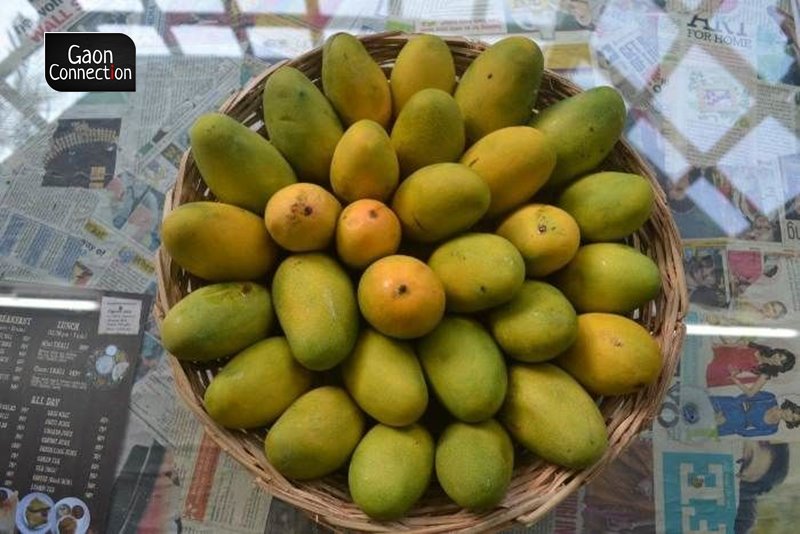The blistering hot, unforgiving summers of Uttar Pradesh do have a sweet side to them. They give the famed Dussehri, that grows in Malihabad near Lucknow, its special fragrance, flavour and colour. The heatwaves in these parts occurring usually in the months of May and June, yield the delicious Dussehri.
But the impact of climate change has begun to mess with the taste of the famous fruit. While traditionally a couple of showers in June, that brought some respite to the people, would not harm the mango orchards, in the last couple of years, the month of June has seen eight or nine showers leading to considerable humidity. The changing weather patterns are indeed a cause of concern for Malihabad’s orchards.
Also Read: When life gives you mangoes… savour them
Places that are known for their good quality mangoes usually are hot and dry with less rainfall. On the other hand, multiple showers during the ripening season can be detrimental to the mangoes.
The sweetness of the fruit declines by a staggering 30-40 per cent due to increased rainfall. They may be juicy, but they definitely lack in sweetness. So, while two to three showers clearly improve the quality of the mangoes, anything more takes away from their taste. Humidity causes diseases such as anthracnose and diplodia in the fruits thereby damaging them. They begin to rot shortly after harvest and cannot be stored for extended periods. On the other hand, fruits grown in the summer with little or no rain are more flavorful, colourful, and may be stored for an extended period after harvest.
Also Read: Maharashtra lockdown: Fresh troubles for Alphonso farmers and traders
Appearance can be deceptive
Sometimes Dussehri and several other varieties of mangoes may look green and healthy in appearance. However, when they are cut open, the bit near the kernel is affected by rot disease. The firmness of the fruit decreases after ripening. This year, the rot disease has been widespread. This problem usually occurs in late-harvested Dussehri.
Because of the vagaries of weather this year, the trees are bearing fruit quite early. The abnormal rainfall may have led to an early mango harvest, and the varieties that used to mature in July are now ready in June, and as a consequence their quality has deteriorated considerably.
Also Read: There’s poison on the plate. But, should only farmers be blamed for this mess? Not really
Late maturing cultivars, which have been less damaged by rain, have also developed an unsightly appearance.
The intense heat of May and June lowers the number of pests such as the fruit fly; however, excessive moisture in the atmosphere this time has increased the number of fruit flies in the orchards causing fruit damage. Even fruits that appear healthy on the outside are found to have the larvae of the fly inside them. As a result, producers must sort and separate a large portion of the fruits before selling them.
Also Read: A mango variety that fruits thrice a year and is suitable for kitchen gardening
The peculiar effects of climate change have necessitated research into strategies for preserving fruit quality. In many places of the world where humidity is excessive, bagging the fruits has been shown to solve these problems.
(The author is Director at Indian Council of Agricultural Research-Central Institute For Subtropical Horticulture. Views are personal.)
Read the story in Hindi


















